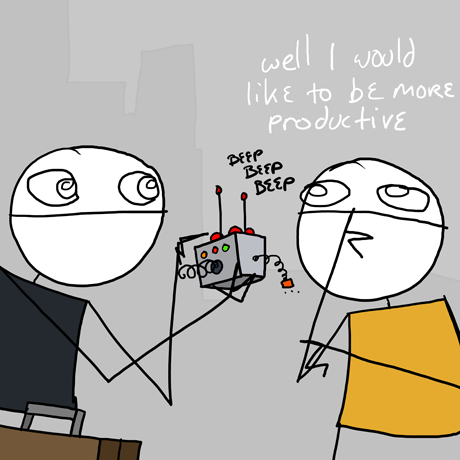The consensus is that today Apple is going to announce a phone.
Some are calling it a personal communicator or a convergent device or a pocket computer or a “4th screen.” I’m not so sure.
Apple makes history not by leapfrogging everyone in terms of functionality and bells and whistles, they do it through elegance, simplification, clarity, and practicality.
I see no reason why they won’t follow that strategy with their phone. It will change the game, but not because it does more than everyone else’s phone. I think we’ll see just the opposite.
Apple will execute on the basics beautifully. Just like they did with the original Mac. Just like they did with the iMac. Just like they did with the iPod.
The mobile phone world is littered with crap. The interfaces are tragic. The materials are cheap. The build quality is marginal. And of course the sound sucks.
These are the things people complain about. They don’t complain that they can’t video conference with their friends. They don’t complain that they don’t have advanced voice recognition. They don’t complain that their phone doesn’t open an Excel spreadsheet and sync with Quickbooks. They complain because the sound sucks, the interface is miserable, and the phone is falling apart.
Apple can change this because that’s what Apple does. They can look at the crisis points of a typical experience and erase them one by one. Not by adding a lot of new things things, but by removing the crap and paying attention to the basics.
The basics are the secrets of business. Execute on the basics beautifully and you’ll have a lot of customers knocking at your door. Cool wears off, usefulness never does.
Most people just want things that work well and, unfortunately, the mobile phone business is littered with things that don’t work. That’s Apple’s opportunity. Build something small, light, beautiful, and useful that works and they’ll win.
That’s not to say it won’t have the usual twists and surprises that we’ve come to expect from Apple, but they’ll be modest in implementation and bold in impact. And, like the iPod, it will play especially nice with Macs to start.
I’m so looking forward to 9am PST.

















